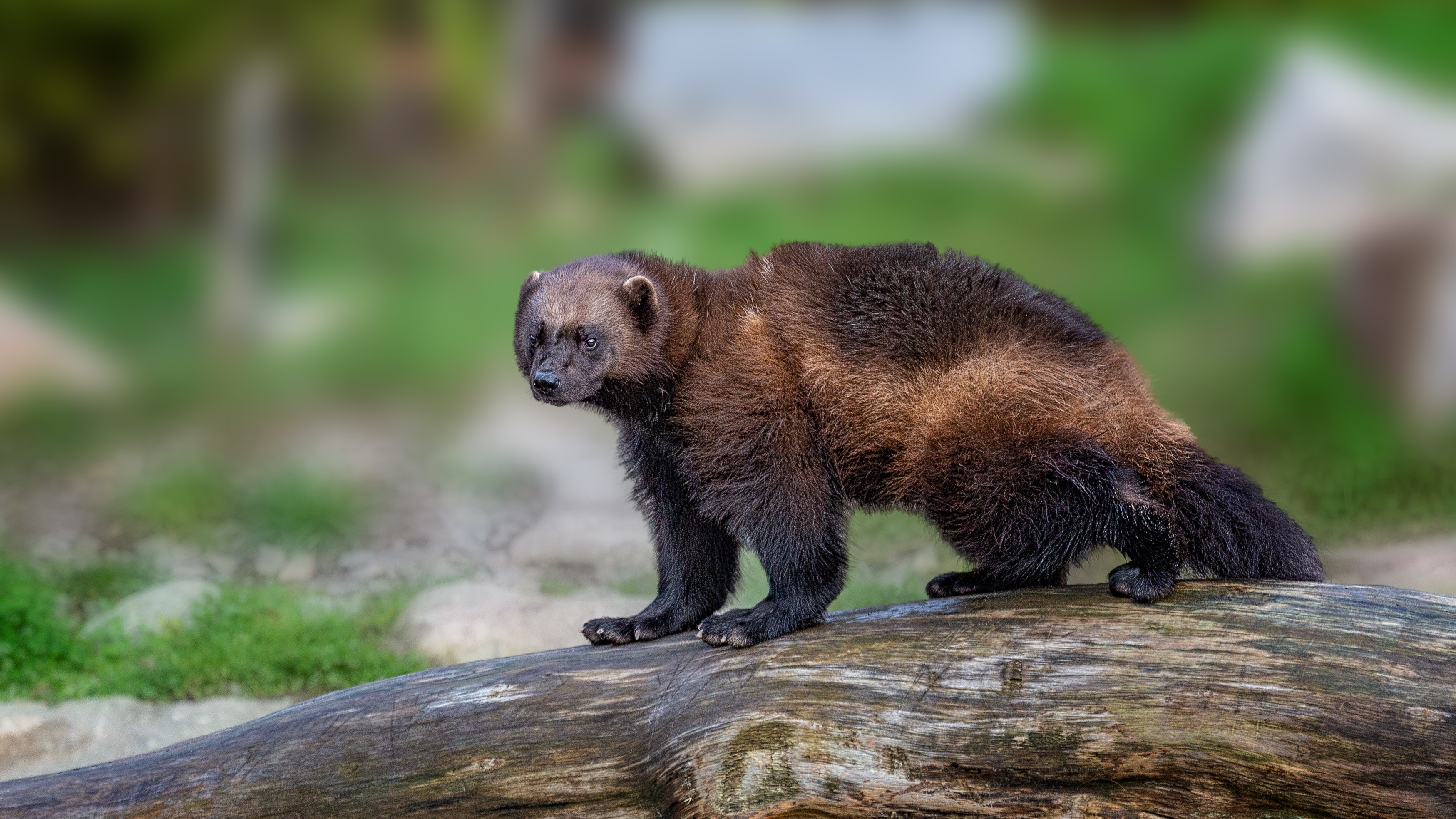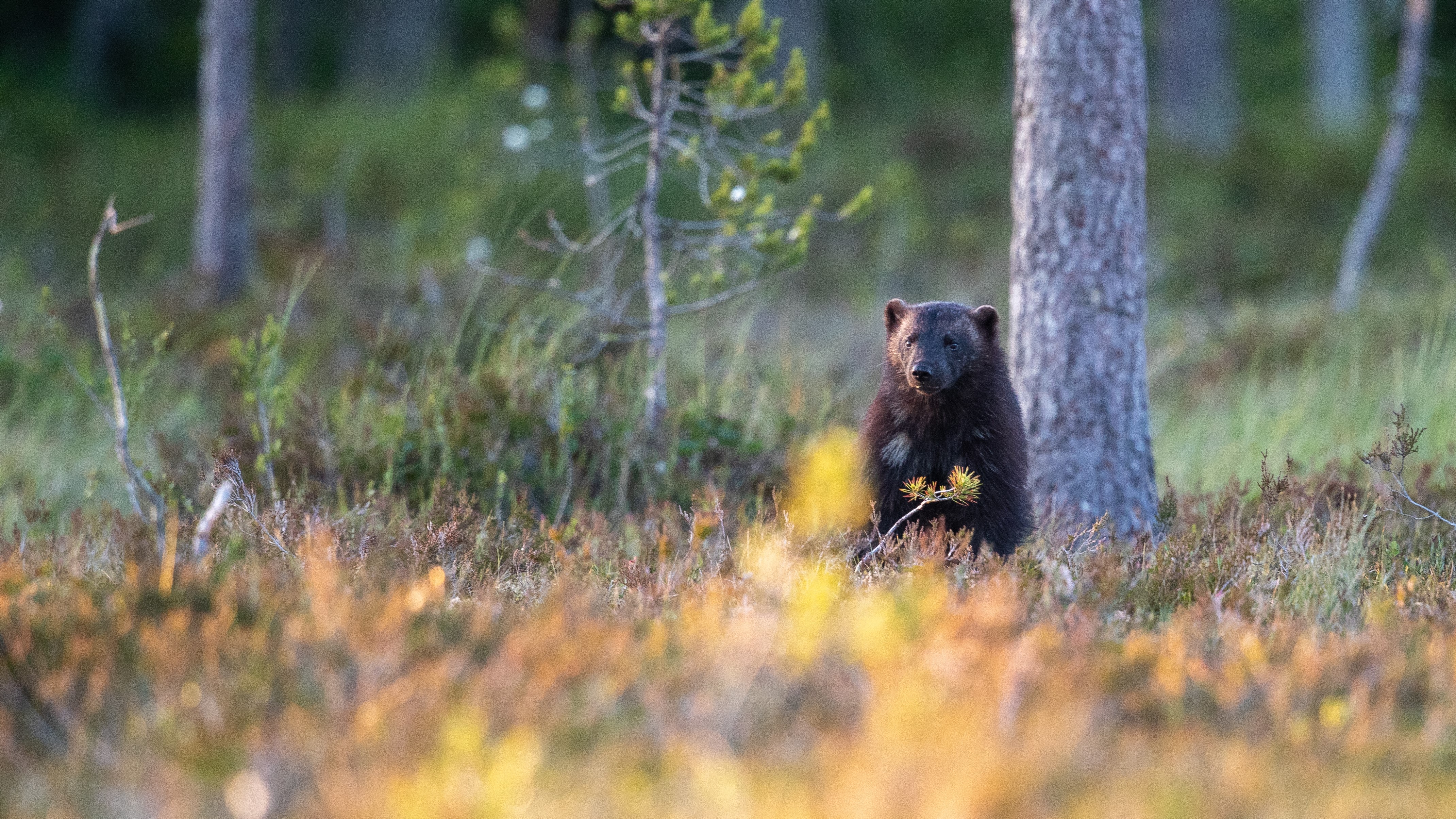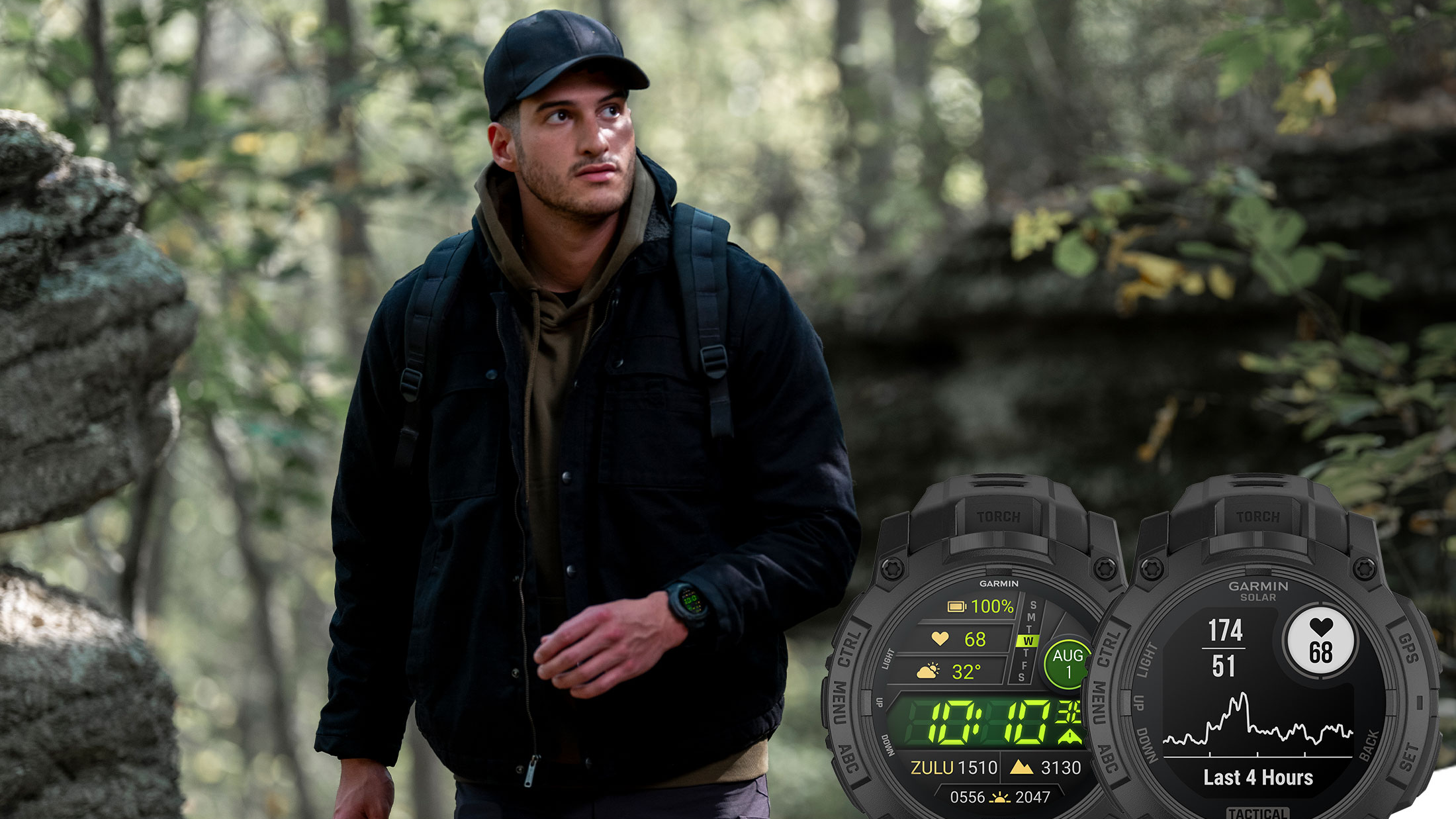“I am thrilled to welcome wolverines back" – Colorado's wild is getting a new resident
The legislation comes less than six months after wolves were reintroduced to the state

Less than six months after the howl of wolves returned to Colorado, a bill has been passed authorizing the return of wolverines to the same territory.
Yesterday, Colorado Governor Jared Polis joined staff from Colorado Parks and Wildlife to sign SB24-171, which gives CPW the authority to reintroduce the North American wolverine to the state after more than a century of absence.
“I am thrilled to welcome wolverines back to Colorado," says Polis, who describes Colorado as the best state in the nation for ecodiversity and outdoor enthusiasts.
When the elusive creatures will return to Colorado remains to be seen, however. According to a news release, as long as the wolverine remains on the list of threatened or endangered species, the CPW will not reintroduce them. They are awaiting a final rule designating the wolverine in Colorado as a nonessential experimental population and it's not thought they will be seen here for at least two and a half years.
The state is thought to offer some of the best remaining unoccupied habitat for wolverines.
"We have the opportunity to bolster the population significantly with a science-based restoration," says Colorado Department of Natural Resources Executive Director Dan Gibbs.
Despite their name, wolverines are actually a very large member of the weasel family. They are typically between two and three feet tall and weigh 20 - 40 lbs, with short, dark brown fur and large paws.
Advnture Newsletter
All the latest inspiration, tips and guides to help you plan your next Advnture!
While they’ll easily take out a small rodent for lunch, they have been known to attack far larger animals, like elk and even caribou, if the animal is weak and vulnerable as prey, or hibernating animals in winter.

Are wolverines dangerous?
In part because of wolverines’ thirst for blood, and willingness to attack the odd moose or polar bear, and partly due to their depiction in popular culture, it’s easy to understand why some people might read about the existence of wolverines in the western US with a little trepidation.
However, because a face-to-face encounter is so unlikely, there’s no evidence that wolverines pose any danger to humans at all. Could a wolverine take you down? Probably, if it can overcome a sick caribou, but there aren’t any documented cases of this occurring. Learn more in our article on wolverines.
Julia Clarke is a staff writer for Advnture.com and the author of the book Restorative Yoga for Beginners. She loves to explore mountains on foot, bike, skis and belay and then recover on the the yoga mat. Julia graduated with a degree in journalism in 2004 and spent eight years working as a radio presenter in Kansas City, Vermont, Boston and New York City before discovering the joys of the Rocky Mountains. She then detoured west to Colorado and enjoyed 11 years teaching yoga in Vail before returning to her hometown of Glasgow, Scotland in 2020 to focus on family and writing.

